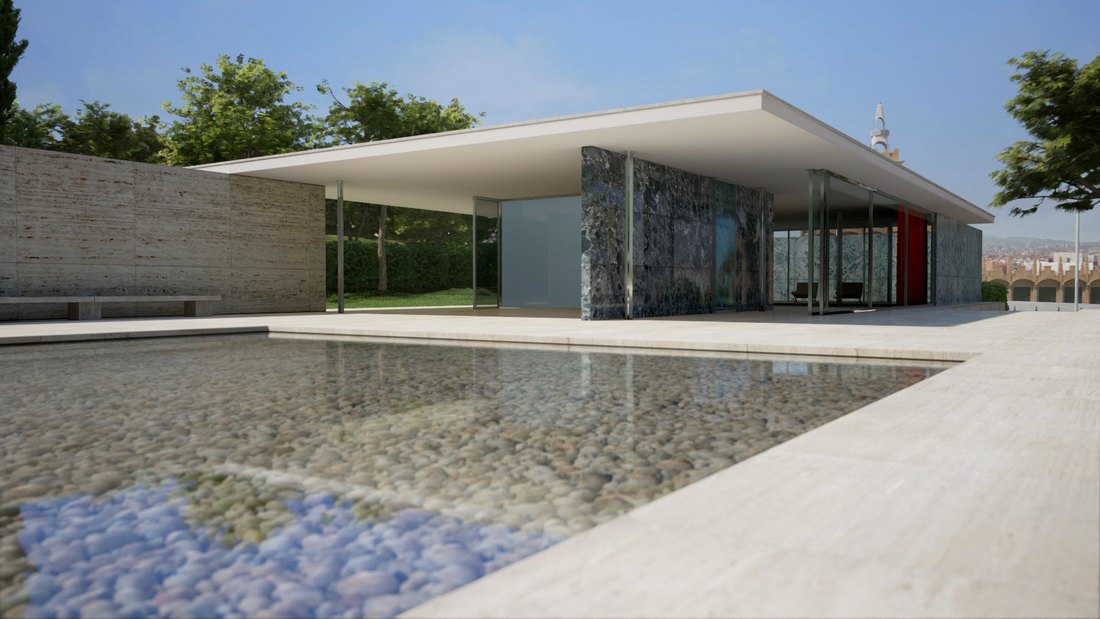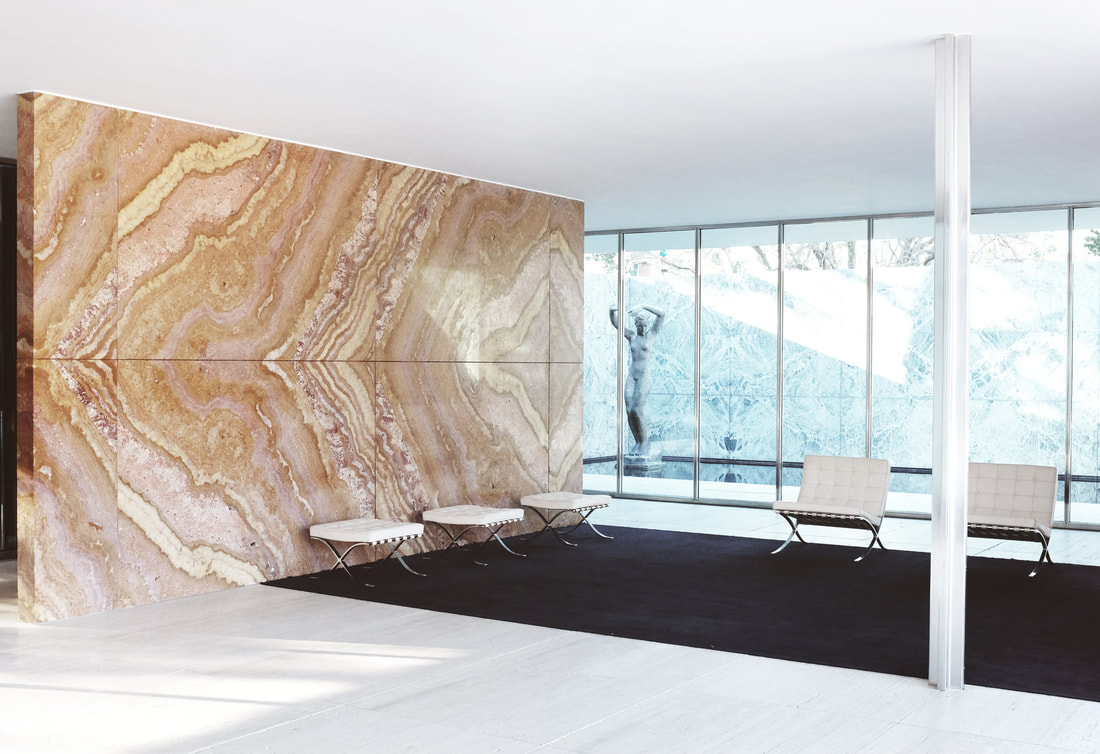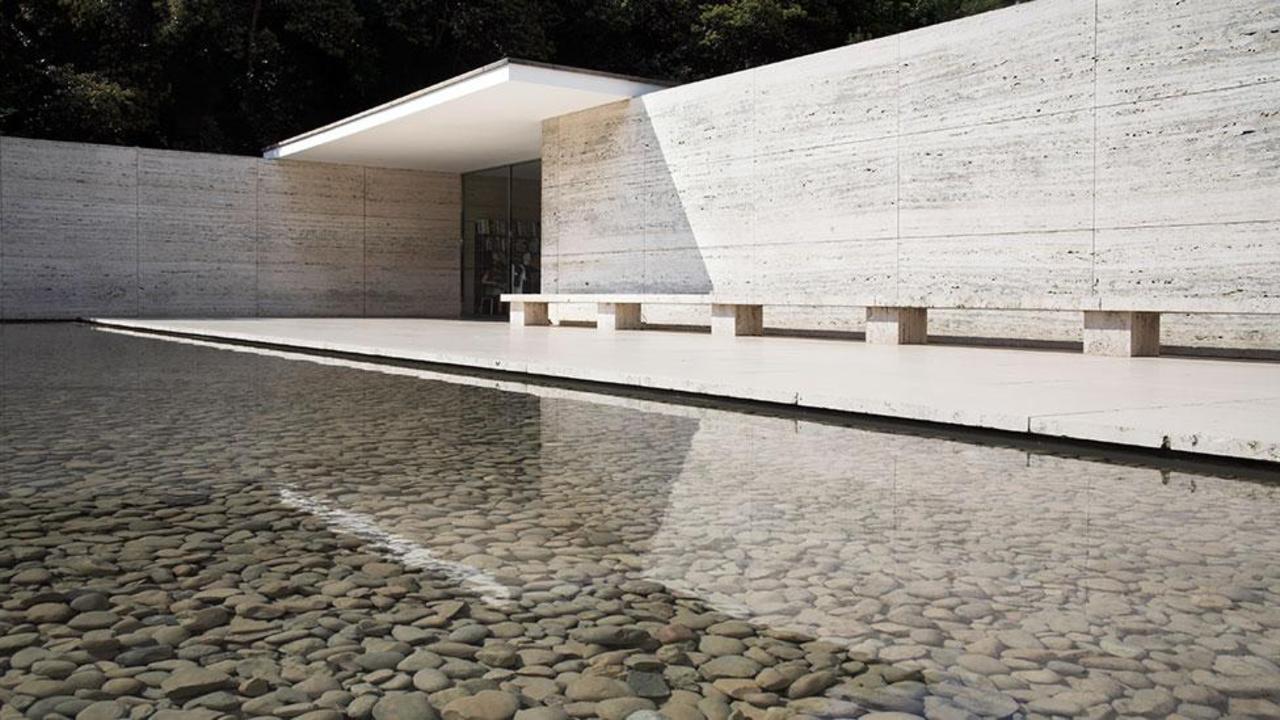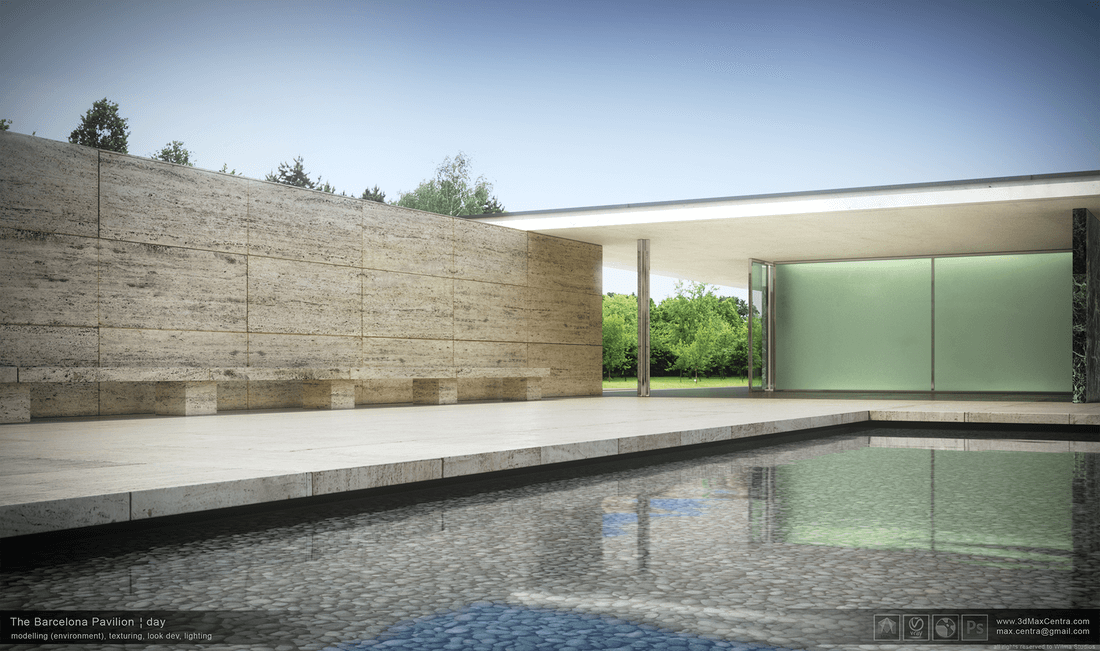If you don’t believe that architecture can be equal to poetry; if you don’t support reproduction of buildings; if you don’t agree that a structure can be perfect or intellectual, or that an abstraction has the power to bring one to tears, then run to the new documentary Mies on Scene (Directed by: Pep Martín & Xavi Campreciós; produced by Anna Ramos, Antoni Garijo, Ivan Blasi, Pep Martín, Xavi Campreciós). There, watching this extraordinarily beautiful and fascinating film, you will definitely change your mind. This is the story of one temporary, exhibition building that came to change history, the most influential structure in the story of modern architecture. It was a myth which had captured the imagination of every architect until it was rebuilt more than 50 years after demolished. The German Pavilion at the Barcelona International Exposition of 1929 was the epitome of its architect’s theory and aesthetics, but in an old film included in this documentary, Ludwig Mies van der Rohe says that he had no idea what shape should a pavilion should take, and neither those commissioned him. What they all knew was that this building should present the images of Germany as a progressive, innovative county, standing at the forefront of technology and the arts, the leading nation of the zeitgeist. Mies, the most heroic figure in modern architecture was at the height of his career during the years leading and following this building. He curated the blockbuster exhibition in Weissenhof Estate in Stuttgart in 1927, showcasing the new architecture in its most ambitious state; built the Pavilion in Barcelona in 1929; completed the Tugendhat Villa in Brno in 1930; and headed the Bauhaus starting in 1930. But nothing was as strong a statement as this masterpiece, the German Pavilion, where he combined the classical and the modernist; the opaque and the transparent; the luxurious and the industrial; weaving materials like a conductor, and creating the ultimate poetry of architecture.





